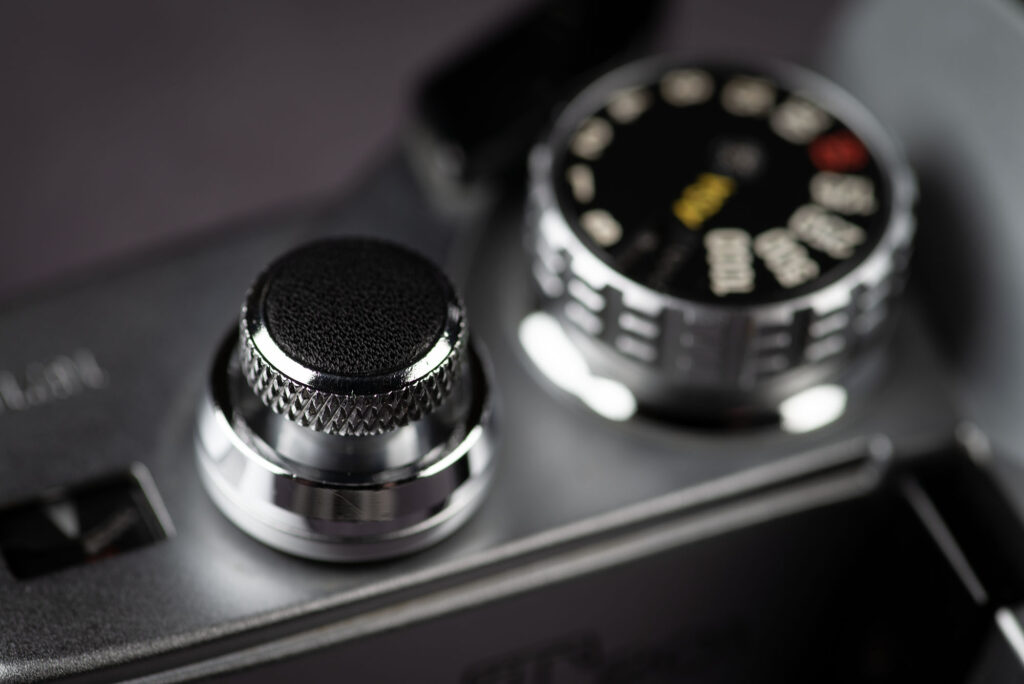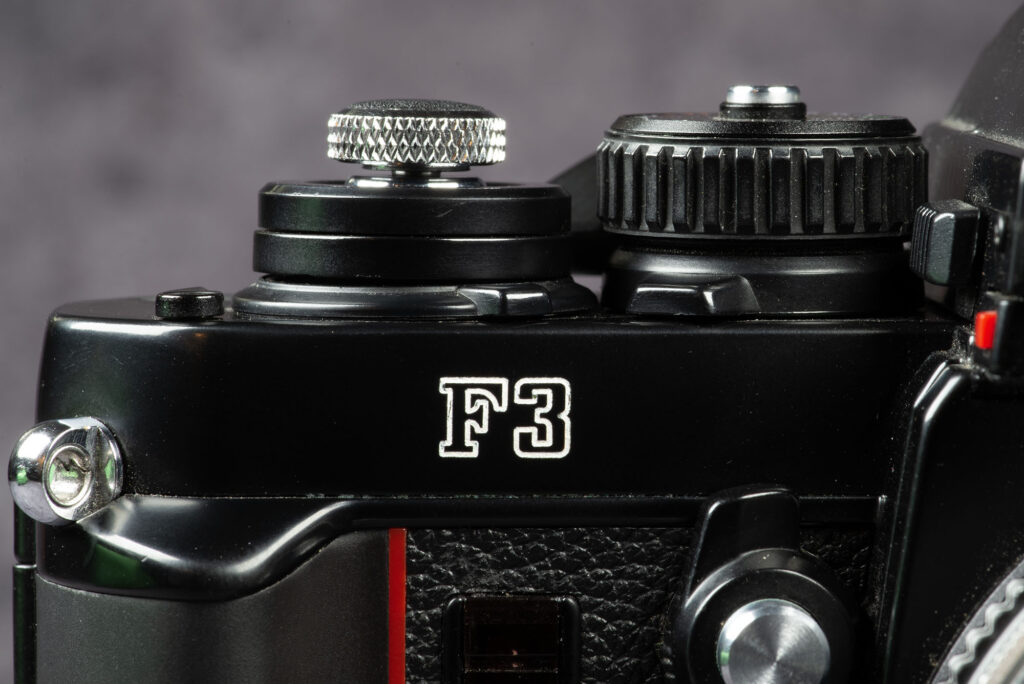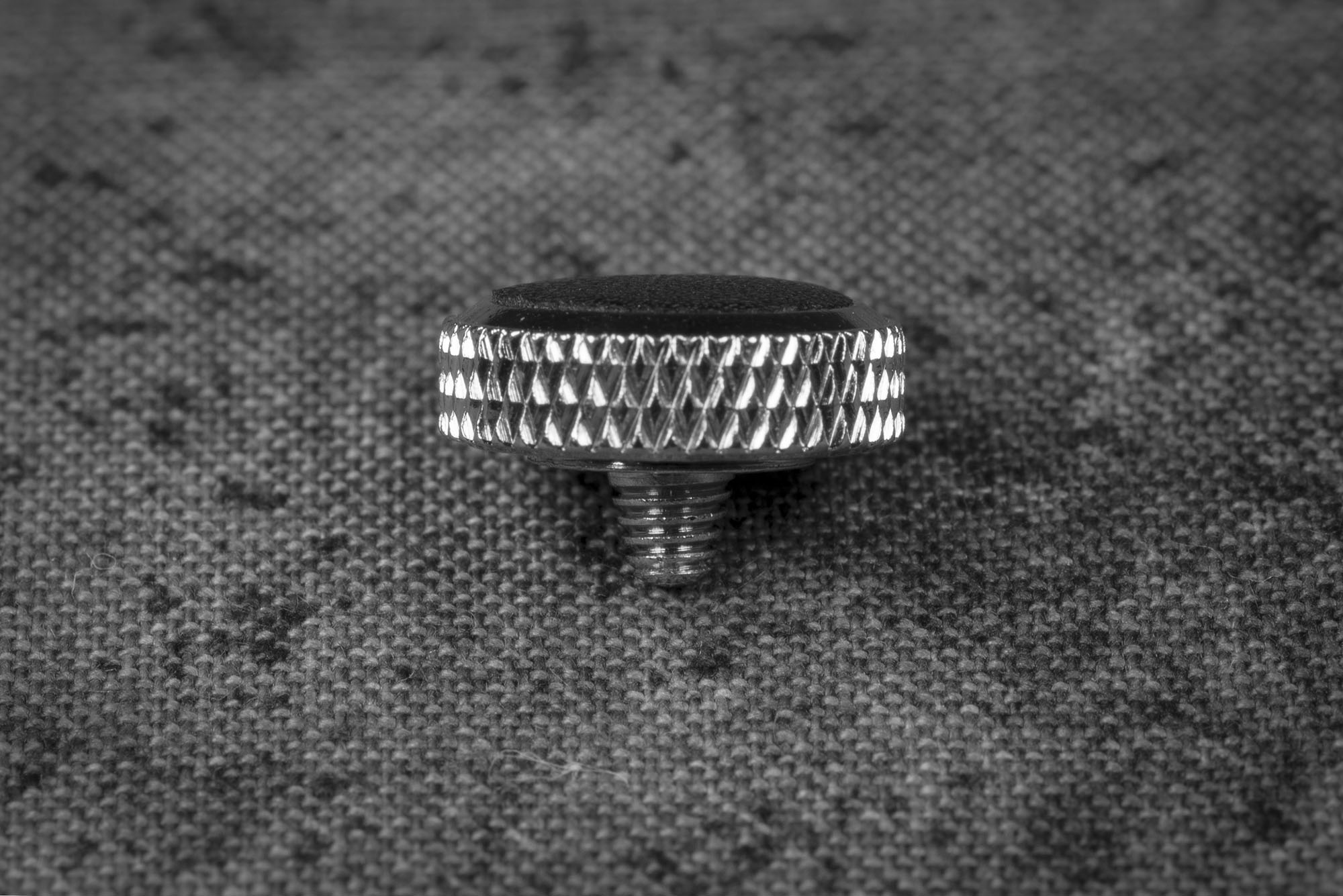I admit I am a bit ambivalent about the utility of these tiny accessories; I’m not sure they are particularly necessary. That said, they can personalize the looks and feel of a camera. Fortunately, they are inexpensive to try. The soft release has been around for a long time, and continues to sell in a myriad of colors and styles.
Sometimes the shutter release button isn’t exactly where I want it. If it sits too low or hides among other control knobs and dials, then this is the accessory to rectify that. Shutter release buttons that have a threaded cable release socket built in to them can accept a soft release. Adding one of these, from a strictly functional perspective, raises the contact point of the button and adds surface area to contact with one’s finger.

From an aesthetic standpoint, they can add some serious bling to the camera. Some are just plain, but there are some with ornate designs, inlays, logos, bright colors or exotic woods to give the camera an extra touch of class. They can be flat, convex, concave or textured, depending on taste and preference. From plastic to precious metals, they can be made from just about anything. Installing one does change the feel of the camera, and it’s possible that a small measure of additional stability may result.
This one gets used frequently, and I find that I prefer the height and feel of it on certain cameras more than others. If there is a disadvantage to installing one, it is that they make the button more prominent, and thus more prone to accidental release. Depending on the mode of carry, or the use of a shutter button lock, that may or may not be a problem.


